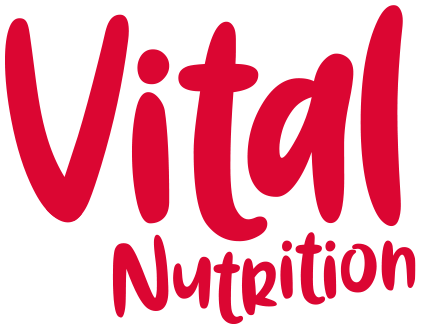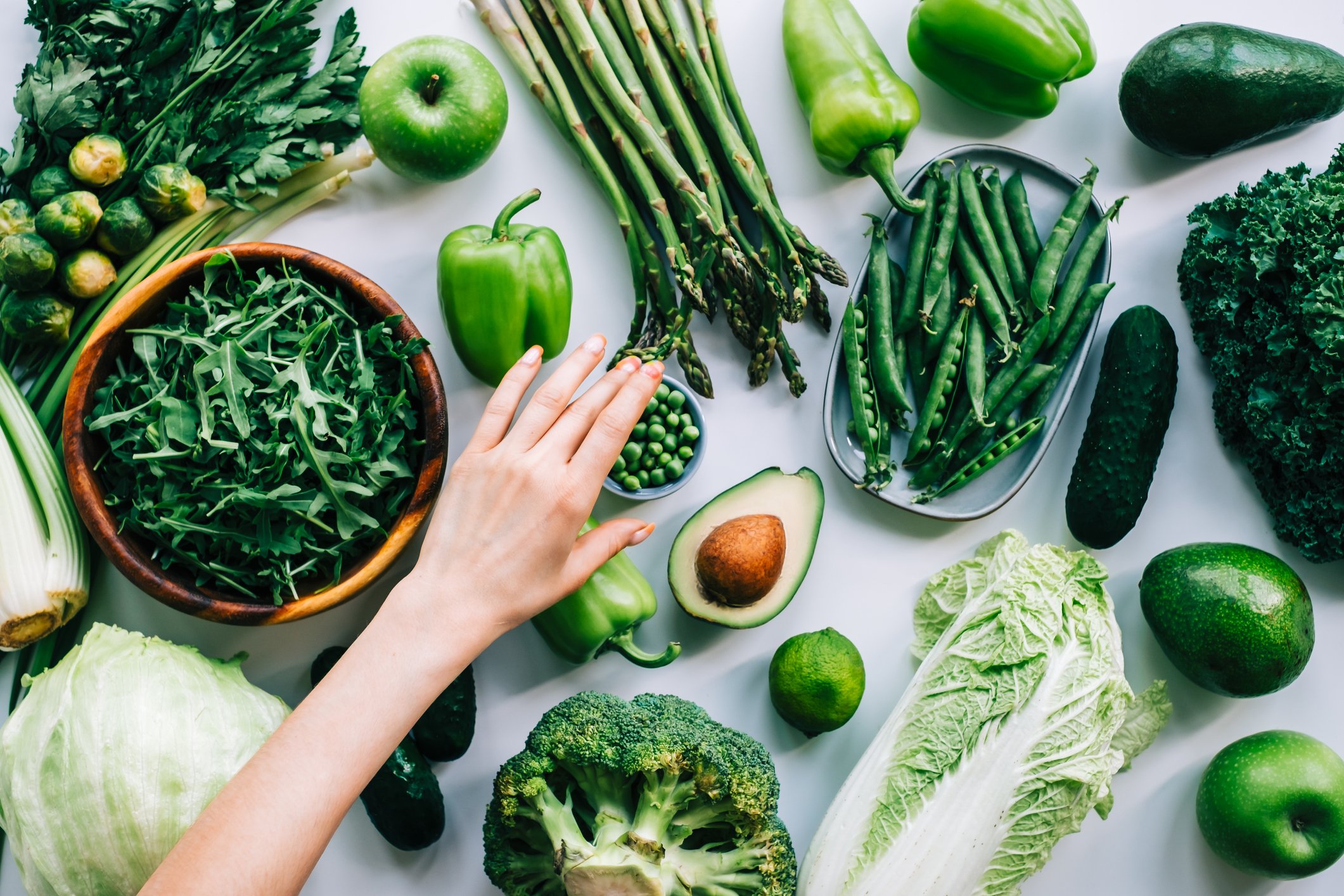Refresh & Refocus
September is the perfect time for a refresh and a new focus. Time to get back into a healthy routine and make some changes for the good of your health.
For lots of people that means going on a diet, cutting back and being more selective on our food choices.
As you know by now, I am not a big fan of crazy fad diets or tight restrictions that make us feel mad, bad or guilty for taking an extra forkful of something we feel is off limits.
We all know the basics of good nutrition and chances are most of us have veered off track a little over the summer. Not such a bad thing really, is it? As long as we treat our treats as treats and eat the less healthy foods in moderation, balancing it all out with a diet packed with nourishing vegetables, decent quality proteins, low GI carbohydrates, add a dash of healthy fats that include olive oil, then we can limit the damage caused by the occasional overindulgence.
If you are thinking about making a few changes to your diet now that September is in full swing, I have a few ideas for easy swaps for you to try.
Stop eating after teatime. Rather than sofa surfing with a snack in hand, why not make the most of September evenings and get outside for a walk after dinner. Research shows that light exercise after eating can help to reduce blood sugar and insulin levels to reduce our risk of type 2 diabetes and associated health problems.
Eat an extra portion of green vegetables. These veggies have a very low glycaemic index and are a great way to pack extra minerals onto your plate. If you choose something from the brassica family - broccoli, cabbage, kale, Brussels sprouts or sprouted broccoli, then you are getting a double whammy as these vegetables are thought to reduce our risk of cancer.
Swap to darker chocolate. Switch your favourite milk chocolate to 70% cocoa chocolate and you could halve your sugar intake in just one bite. Milk chocolate contains 56g sugar per 100g compared to 29g per 100g in 70% cocoa chocolate. If you can go one step further and opt for 85% cocoa chocolate, that drops your sugar intake to 15g per 100g.
Eat enough at main meals. Getting back to the habit of eating 3 meals and cutting back on snacking between meals could save you calories and helps regulate a more stable glucose-insulin balance, which is a major driving force in weight gain. To stop mid-meal snacking, you may like to add a little extra protein, fat and fibre to your meal to help you to feel fuller for longer. An extra spoonful of vegetables, a little handful of nuts and seeds or a wee bit extra fish for example.
What are you drinking? Avoid adding empty calories to your diet from fruit juice, cordials, fizzy drinks, and alcohol. Drink a little more water or go for some herbal teas instead. If you are looking for a healthy alternative to fizzy drinks, try kombucha instead. You’ll get a little hit of probiotic bacteria too. Limit alcohol to no more than three times a week, choose lower alcohol drinks and know your limits.
Swap out white and refined carbs for wholegrains to increase your fibre intake. Most of us struggle to reach the recommended 30g fibre a day, so make the switch with wholemeal pasta, brown rice, oatcakes or oats.
Commit to making one or two small changes that you can stick with, rather than giving your diet complete overhaul.
What will you change?
This blog post first appeared as my column in The Irish News on Saturday 10th September 2022.

